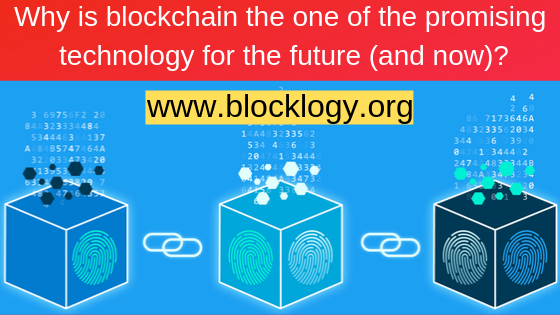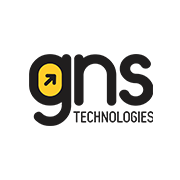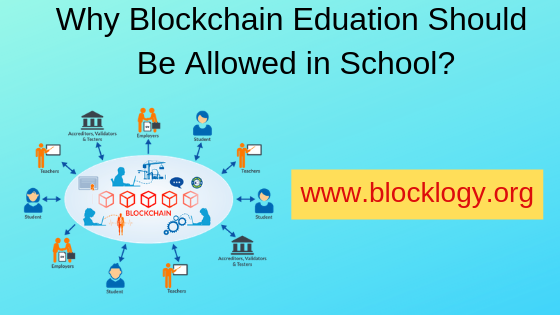The blockchain was introduced as a technology for performing secure, peer-to-peer transactions using cryptocurrencies. Over the years, the use of blockchain has evolved from the cryptocurrency industry to many more, as a technology for secure storing and transfer of digital assets (and not only tokens).
When we talk about futuristic technologies, the common options that come to our mind are Artificial Intelligence (AI), AR/VR, IoT (Internet of Things), 5G, 3D printing, and the blockchain. So, why is it that blockchain is being considered as a technology with great potential? Which potential are we talking about here? Are there are real-world projects that are actually implementing this technology? Well, let’s try to find out.
Blockchain is a decentralized technology in its very nature. Decentralized means distributed, i.e. the records of transactions are not stored in any central database but distributed among a number of nodes (computers). The benefit is that in order to modify a particular transaction in the blockchain ledger, one has to modify its copy stored with each node in that network. This is why it is nearly impossible to hack a blockchain. What else?
Why is Blockchain the future of Digital Transactions?
Blockchain, in its core, is a technology for digital transactions. Digital transactions refer to transactions like digital payments, money and data transfer, online shopping, etc. Traditional online transactions are prone to hacking and data loss, simply because they are centralized where all the data is stored in a single place, which is quite easy to hack. Blockchain transactions, on the other hand, cannot be accessed or modified once they are stored in a block in the network. This makes them highly secure. Also, the peer-to-peer nature of transactions increases the speed and minimizes human errors by minimizing human involvement.
Blockchain is a decentralized technology which means all the nodes in the networks will have the same copy of information (ledger), always. This is what makes it impossible to modify a particular transaction in a blockchain without all members knowing about it.
Other than that, blockchain has a mechanism for automatically verifying each transaction that is processed by the network. Each transaction on a blockchain is bound by a smart contract. Smart Contracts are digital contracts that are created to verify the transactions on a blockchain and to ensure that no fraud transactions take place.
To sum up, blockchain is secure, reliable, cost-effective, faster, time-saving, and immutable. This is why it is the technology that will shape our present as well as our future.
Now, if you are wondering about real-world applications of the blockchain technology, I have the perfect example for you. Era Swap.
Era Swap is a blockchain-based P2P marketplace where sellers can sell their services to potential buyers without paying any platform commission. The blockchain technology enables Era Swap ecosystem to connect services providers directly with potential users such that there is no need for any middleman. The benefit is that sellers do not have to pay any commission to the marketplace and can keep whatever they earn plus rewards are given additionally from the platform for using the platform.
For More Details: https://www.blocklogy.org/




